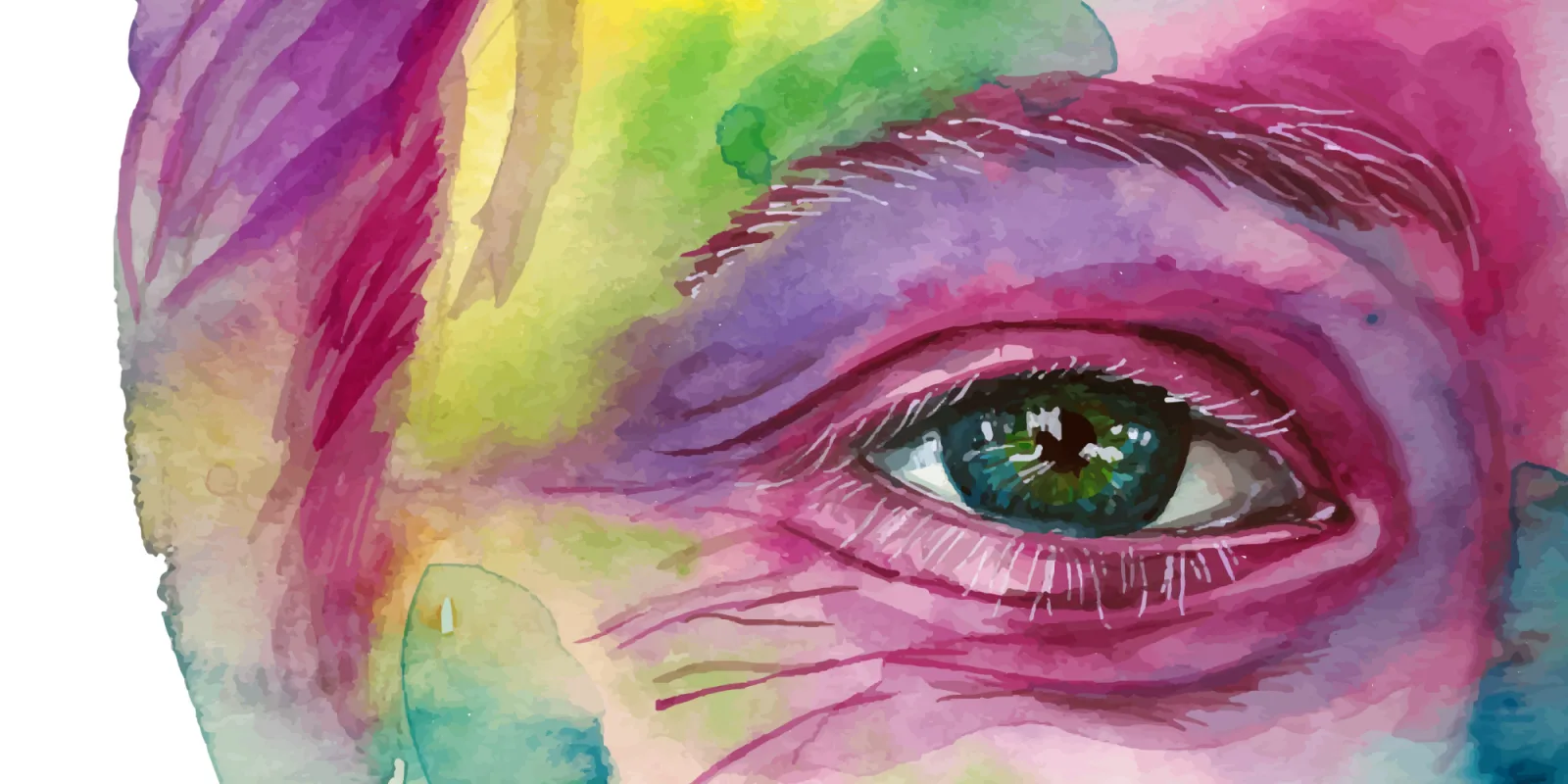
What is your eye color?
Do you know your housemate’s eye color? How about your brother or sister’s? Or the patients you saw earlier today?
A doctor once told me that knowing a person’s eye color means you have spent enough time with them.
I’ll be honest: when I first heard those words, they struck me to the core. Did I know even my best friend’s own eye color? Or even my own mother’s? I know her’s to be brown, but what about the different shades and nuances that make her eyes her own?
As a third-year medical student, I find myself wanting to spend a lot of time with patients, whether it’s on the inpatient wards or outpatient clinics. I want to get to know them, who they are as a person and not just as a patient. But I know that with the time restraints of office life, the bureaucratic EHR system, and other overwhelming responsibilities, it’s hard to spend a full 15 minutes with a patient. Especially, as I have witnessed, if the patient has a long, complex medical history.
Still, this doctor’s words echo in my ears: knowing a person’s eye color means you have spent enough time with them.
In Neurology, no doubt, the eyes play a big role. I would see my preceptor perform a fundoscopic exam every time a patient came in. Neurology is one of those fields where a complete eye exam is indeed warranted, and time can be allotted to doing so. Among other eye conditions, I have witnessed third nerve palsies, for example — when the left side is a blown pupil that does not react to light, and the right side is a normal-sized pupil that reacts to light. This is a red flag for significant brain injury — an uncal herniation, and the team has to act fast to treat the patient.
Myasthenia gravis patients may have ptosis (drooping eyelids). Wilson’s disease has characteristic Kayser-Fleischer rings that encircle the iris; these are made from copper deposits in part of the cornea due to a genetic disorder. I have even see coloboma in the eye sclera of a teen — "an eye freckle," as my preceptor put it.
In all my various rotations, the eye exam would play a part, big or small. And particularly when an eye exam was not warranted, I would still try to pay attention to the eyes of my patients — a window into the things unseen.
With the increased use of computers and laptops in the clinic room, our patient encounters can become more efficient, but these devices can almost become a wall to face-to-face contact with them. I have seen great doctors use computers in a wonderful way, making sure to face the patient and explain the use of the device in the room. I have also witnessed the other side of things where a doctor may just stare straight into the screen, asking questions and typing out answers without looking up as much.
In all cases, I have learned that the eyes can tell a lot. Eyes can tell how a person is feeling — happy, sad, fatigued, elated, depressed. Many patients have cried in front of me (always be ready with a tissue box). Others, particularly children, have expressed excitement with a widening of their eyes; one 10-year-old did that when I gave her a book from her favorite series, "Junie B Jones".
I think I have come to understand that knowing a person’s eye color means you have taken the time to look them in the eye, have face-to-face conversations, paid enough attention to the details of who they are. We see with our eyes, but we can also see with our hearts.
There is a quote from the novel, "The Little Prince," that has stuck with me since I first read it in middle school. It reminds me a bit about what the doctor was trying to tell me. “It is only with the heart that one can see rightly.” Perhaps the more we pay attention to our patients’ eyes, the more we can see them for who they are.
Anna Delamerced is a medical student at the Warren Alpert Medical School of Brown University. Born and raised in Cincinnati, Ohio, she enjoys exploring the crossroads of writing and medicine, and listening to patients tell their stories. Anna is also a 2018–2019 Doximity Author.







